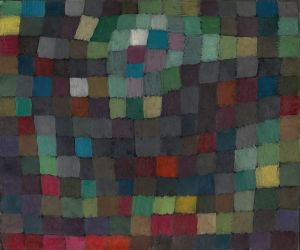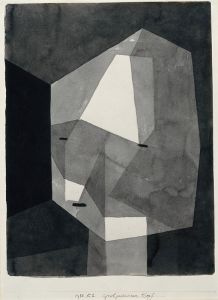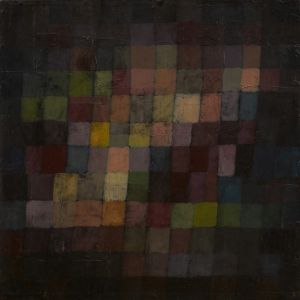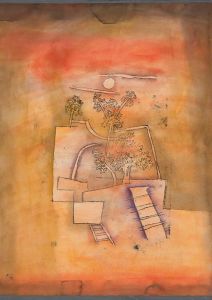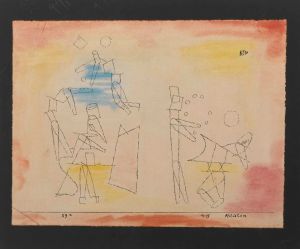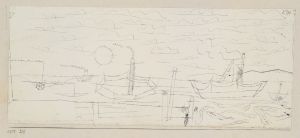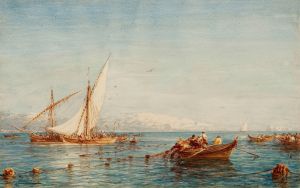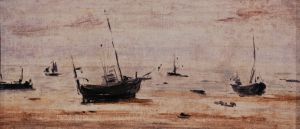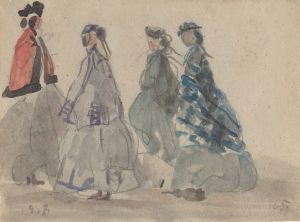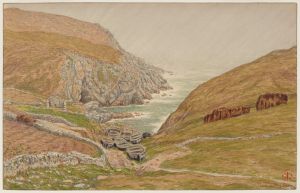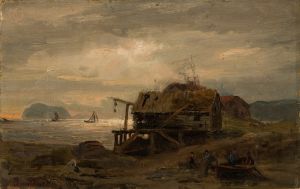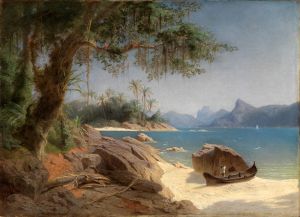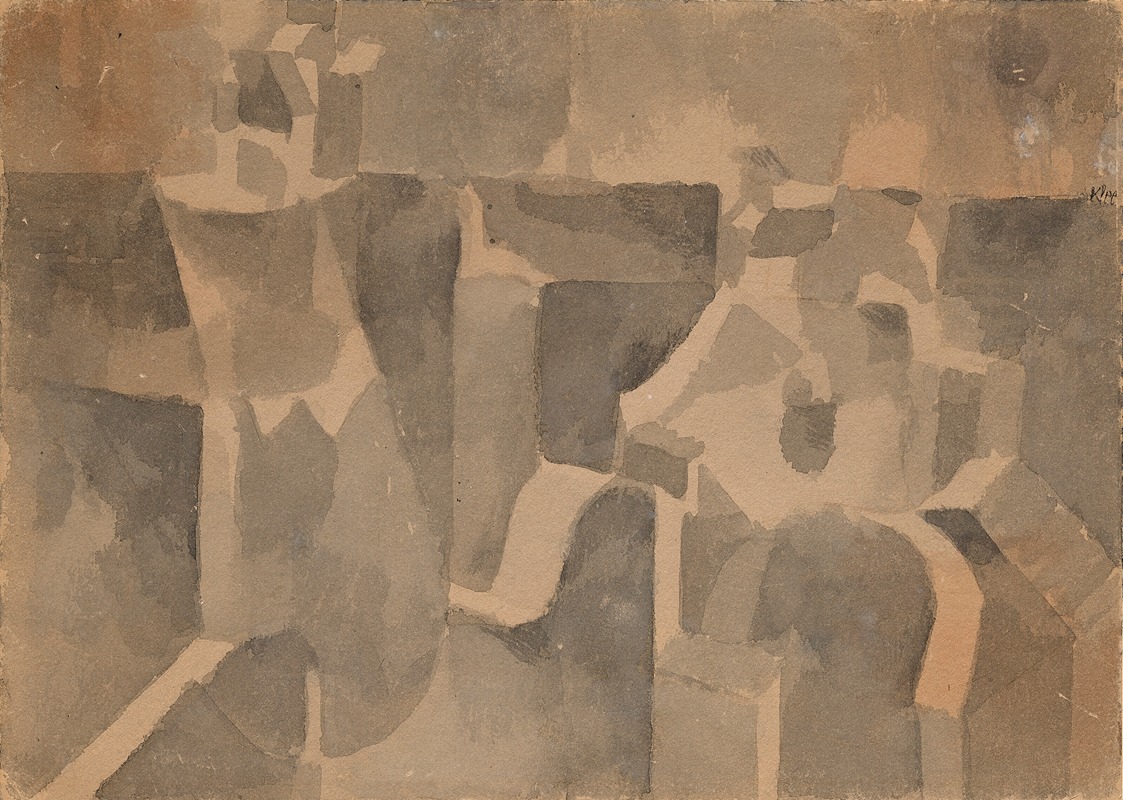
Küstenlandschaft
A hand-painted replica of Paul Klee’s masterpiece Küstenlandschaft, meticulously crafted by professional artists to capture the true essence of the original. Each piece is created with museum-quality canvas and rare mineral pigments, carefully painted by experienced artists with delicate brushstrokes and rich, layered colors to perfectly recreate the texture of the original artwork. Unlike machine-printed reproductions, this hand-painted version brings the painting to life, infused with the artist’s emotions and skill in every stroke. Whether for personal collection or home decoration, it instantly elevates the artistic atmosphere of any space.
Paul Klee's painting Küstenlandschaft (translated as "Coastal Landscape") is a work by the renowned Swiss-German artist, who is widely celebrated for his innovative contributions to modern art. Klee, born on December 18, 1879, in Münchenbuchsee, Switzerland, was a painter, draftsman, and teacher associated with movements such as Expressionism, Cubism, and Surrealism. His works are characterized by their unique blend of abstraction and figuration, often incorporating whimsical, poetic, and symbolic elements.
Küstenlandschaft is one of Klee's many landscape-themed works, reflecting his fascination with nature and his ability to distill its essence into abstract forms. While specific details about the creation date and medium of this particular painting are not widely documented, it is consistent with Klee's broader artistic approach, which often involved experimenting with color, line, and composition to evoke emotional and intellectual responses.
Klee's landscapes frequently transcend traditional depictions of natural scenery, instead presenting a reimagined vision of the world. His works often feature simplified shapes, geometric patterns, and vibrant color palettes, which he used to convey mood and atmosphere rather than realistic representation. This approach aligns with his belief that art should not merely imitate nature but instead reveal its underlying structures and spiritual dimensions.
Throughout his career, Klee was deeply influenced by his travels and surroundings, including his time in Tunisia in 1914, which had a profound impact on his use of color. His teaching tenure at the Bauhaus, a progressive art school in Germany, also played a significant role in shaping his artistic philosophy and techniques. Klee's works, including Küstenlandschaft, reflect his meticulous study of form, color theory, and the interplay between abstraction and representation.
As with many of Klee's paintings, Küstenlandschaft invites viewers to interpret its meaning and composition through their own perspectives. The title suggests a coastal setting, but Klee's abstract style leaves room for imagination, encouraging viewers to engage with the work on a personal level.
Paul Klee passed away on June 29, 1940, in Muralto, Switzerland, leaving behind a vast and influential body of work. His art continues to be celebrated for its originality, depth, and ability to transcend conventional artistic boundaries.






